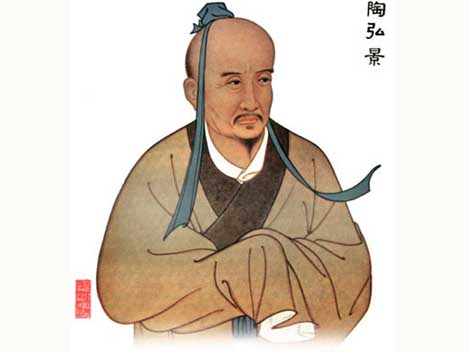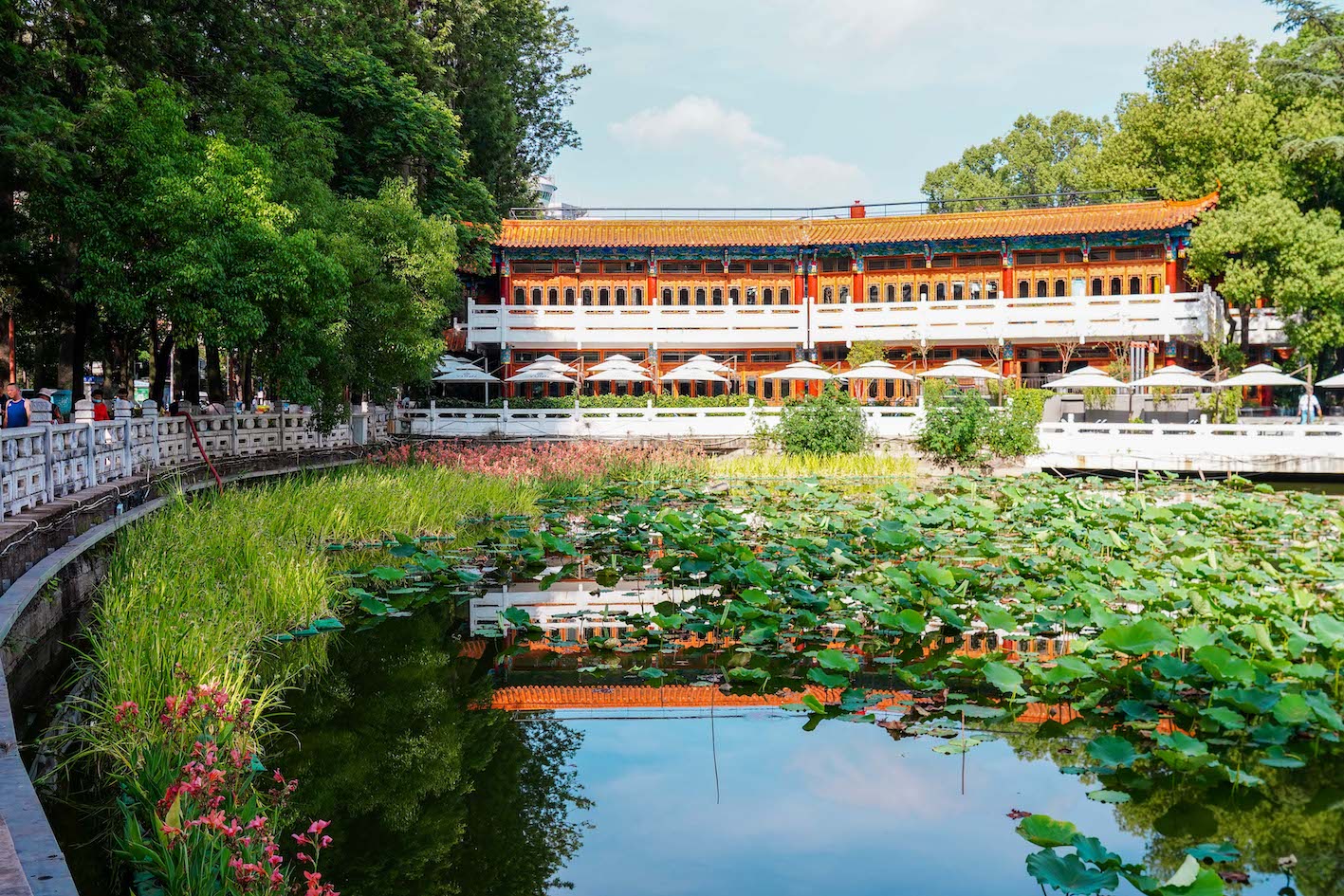So who is Tao Hongjing? To some, he is a fifth century Chinese philosopher and by all accounts a pretty funny guy. To others, he is the artist behind 10 years’ worth of exhibitions in China. But the latter, it transpires, wasn’t as it seemed. Because after a decade of deception, Tao Hongjing was revealed to be the alter ego of French artist Alexandre Ouiary (pictured above left).
The Frenchman decided to use a pseudonym after struggling to gain recognition in a market dominated by foreign demand for Chinese art. Last month, Tao exposed his true identity in a move that neatly coincided with his final exhibition, showing at Red Gate Gallery until early December. Aptly titled ‘Death is Going Home,’ the exhibition is, according to press materials, “a curated show of Tao’s work throughout the ten years of his lifetime, where he reflects on money, fame and life.”
“When I arrived [15 years ago] I used my real name,” he told us. “One Chinese guy really appreciated my work so he helped me with a couple of solo shows. We had interest but it was difficult because it was mostly foreign collectors buying Chinese art. I started to imagine the idea of creating a Chinese identity and then [he] said to me, Yeah Alex, you should be Chinese! So I started using the name and made artwork that reflected Chinese culture, incorporating my own view of changes that were happening.”

Above: Tao Hongjing, fifth century Chinese philosopher
While the artworks that Ouiary produces under his real name are mostly installations or conceptual pieces, Tao Hongjing leaned more towards pop (“Classical art which expressed a modern idea”). He proved popular.
“People were interested – whether foreign or Chinese – because the art spoke about China, so it was easy for people to relate. And also in terms of form, people were appreciative.”
Reports claim that the decision was also quite profitable, though Ouiary is quick to point out that the art produced under both his names has grown in value.
“The value of your artwork increases because you sell more or because you do more exhibitions. I’ve been working for 15 years, so of course it’s higher.”
The alias wasn’t a complete secret, with a few industry insiders aware of the ruse. As Ouiary explains: “It’s not something you can do alone. Gallery owners believed in and understood the concept. They wanted to help.”
“The Chinese really appreciate it. At one of my shows in Shanghai, the gallery owner introduced me as Tao, so everyone in the gallery could see me. There was a moment of surprise. All the Chinese people were curious and asked a lot of questions.”
Since the big reveal, Ouiary says he’s received a positive, if bemused, reaction. But seeing as there is no time limit to such deception, why stop now?
“This is the final exhibition [under Tao Hongjing] because I came to the end of my concept. It’s the end of an idea,” said Ouiary, who will continue to produce artwork under his given name.
Throughout history, figures in the arts have used pseudonyms for a multitude of reasons. Mary Anne Evans wrote as George Eliot in the hope that a male name would be taken more seriously. JK Rowling published as Robert Galbraith to avoid the hype associated with her fame. The artist known as Banksy is avoiding arrest.
While assuming a name that implies a different ethnicity may be less common (or revealed less often, at least), Ouiary is not the first. When Michael Derrick Hudson exposed himself as the poet Yi-Fen Chou earlier this year, there was uproar. The American admitted that he used the nom de plume as an explicit strategy for ‘placing’ poems, after his original poem, sent under his real name, was rejected multiple times. It worked. The poem ‘The Bees, the Flowers, Jesus, Ancient Tigers, Poseidon, Adam and Eve,’ was chosen as a selection in Best American Poetry 2015.
Commentators accused him of racism. They claimed he inversely used white privilege to take advantage of affirmative action. This may be true, but his success may also be more telling of the quality of the poem itself. In Ouiary’s case, however, challenging perceptions was the primary motivation. The Tao alter ego was artistically distinct from Alexandre Ouiary, after all.
“Every foreigner in China also has a Chinese name. People weren’t surprised about me having a Chinese name and because it is a real Chinese name [rather than a phonetic-sounding one], it seems to go deeper into the culture. I tried to create a dialogue between others and myself.
“Tao Hongjing was a philosopher and a comic. There’s a little joke behind [it] all,” he concludes.






















0 User Comments